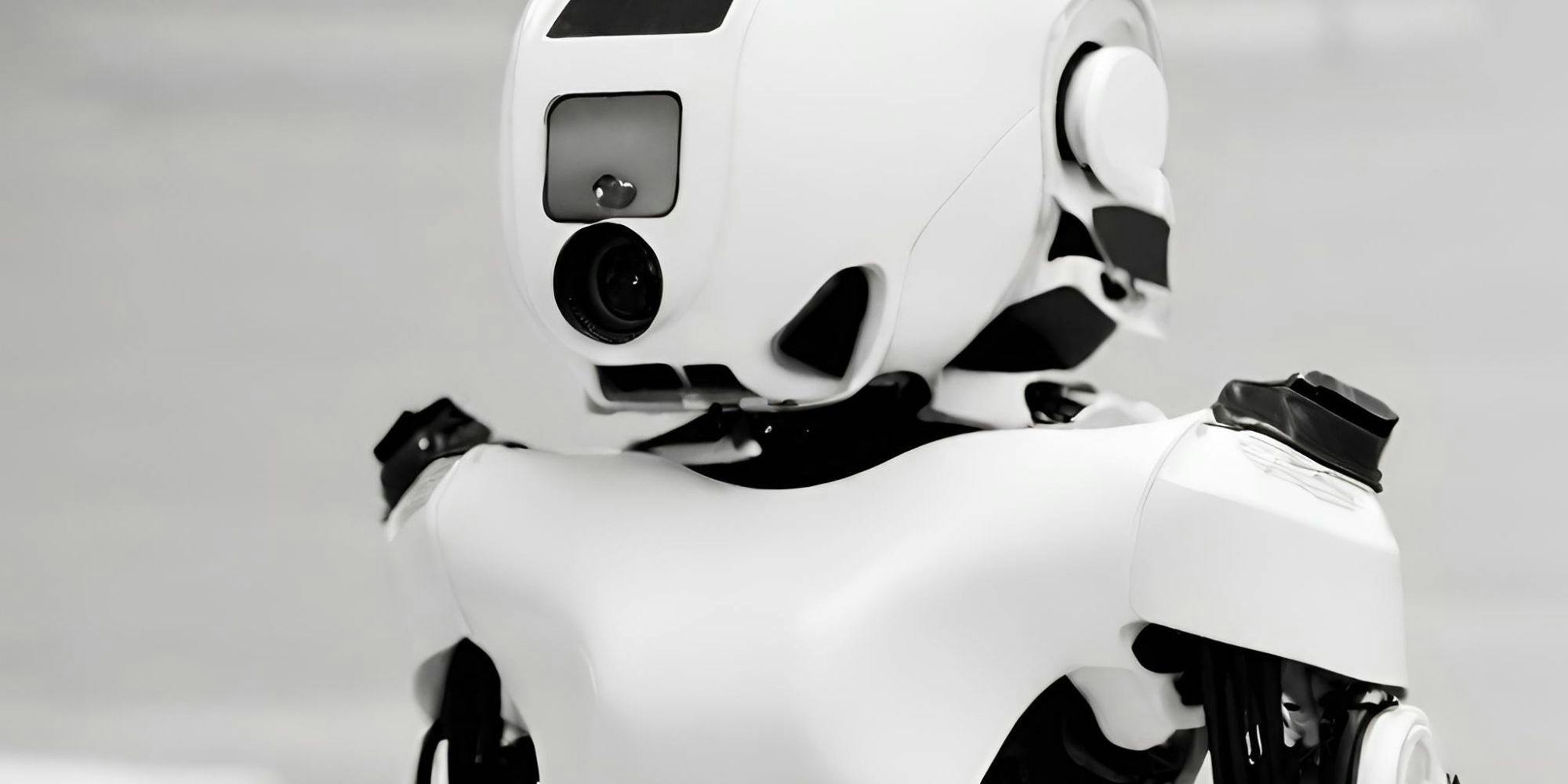The Rise of Robotics - Shaping Our Future



The Rise of Robotics: Shaping Our Future
The world of robotics is no longer science fiction. It's a rapidly evolving field that is transforming industries, healthcare, and daily life. In this blog post, we'll delve into the exciting realm of robotics, exploring its principles, applications, and the profound impact it has on our society.
What is Robotics?
Robotics is the interdisciplinary field of study that involves the design, construction, operation, and use of robots. A robot is a machine capable of carrying out tasks autonomously or semi-autonomously, often controlled by computer programs.
Key Concepts of Robotics
1. Types of Robots
Robots come in various types and forms:
-
Industrial Robots: Used in manufacturing, assembly lines, and automation of repetitive tasks.
-
Service Robots: Designed to assist humans, like medical robots, cleaning robots, and delivery robots.
-
Autonomous Robots: Can operate independently in unstructured environments, such as self-driving cars.
-
Humanoid Robots: Mimic human form and behavior, often used in research and entertainment.
2. Sensors and Actuators
Sensors provide robots with data about their environment, while actuators are responsible for robot movements. These components allow robots to perceive and interact with the world.
3. Artificial Intelligence
AI plays a crucial role in robotics, enabling robots to learn, adapt, and make decisions based on their environment. Machine learning and computer vision are commonly used AI techniques.
Applications of Robotics
The reach of robotics extends to numerous domains:
-
Manufacturing: Robots are widely used in manufacturing industries for tasks like welding, painting, and assembling.
-
Healthcare: Surgical robots assist in precision surgery, while robot companions provide care to the elderly.
-
Agriculture: Agricultural robots are used for planting, harvesting, and monitoring crops.
-
Space Exploration: Robots are essential for exploring distant planets and conducting experiments in space.
-
Search and Rescue: Robots can navigate disaster-stricken areas to locate survivors.
-
Entertainment: Robots are featured in amusement parks and exhibitions, providing interactive experiences.
Challenges and Considerations
Despite the advancements in robotics, there are challenges:
-
Safety: Ensuring robots operate safely in the presence of humans.
-
Ethical Concerns: Addressing ethical dilemmas related to AI and autonomous decision-making.
-
Jobs and Employment: The impact of automation on the job market and workforce.
-
Regulation: Developing regulatory frameworks to ensure responsible robot use.
Conclusion
The world of robotics is dynamic and continually evolving, shaping our present and future. From manufacturing to healthcare, space exploration to entertainment, robots are becoming integral parts of our lives.
As robotics technology advances, so does its impact on society. The key is to navigate these changes thoughtfully, ensuring that robotics enriches our lives and enhances our capabilities.